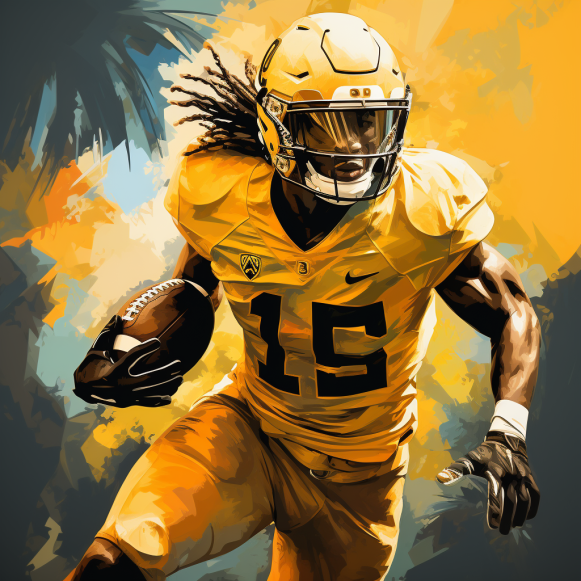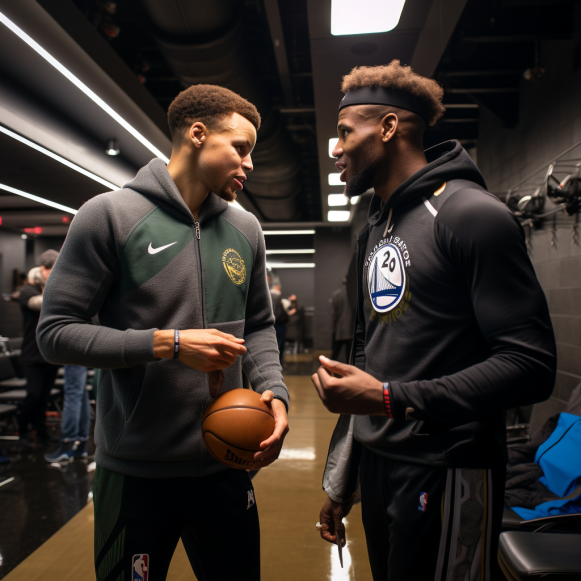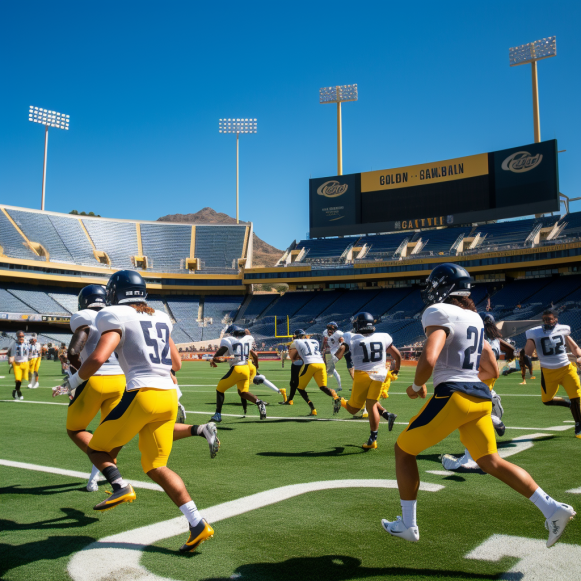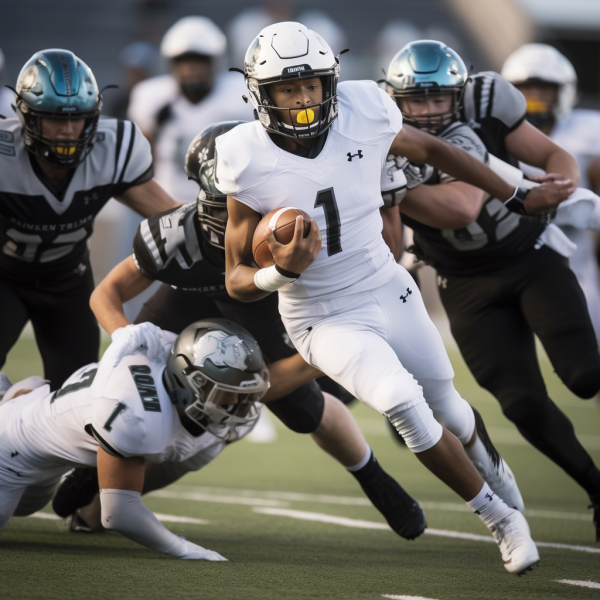Kurtenbach: Cal and Stanford are in the ACC and college football is officially dead

College football has been sterilized over the last decade, leading to Friday’s strange re-alignment of Cal and Stanford.
College football’s “caretakers” made the most serious error, and it killed the sport.
They mistook the game for something serious.
No, it was the sheer chaos of it all that made college football great. It was a balkanized and provincial game, full of shady characters, open secrets, and absurd contradictions.
College football is extinct. Its murder began long before the Atlantic Coast Conference added Stanford and Cal, two schools that couldn’t be more dissimilar to the Atlantic Coast. But the move perfectly encapsulates how everything that made this once-great sport great has been stripped away.
The new college football is national and corporate, a multibillion-dollar industry dominated by the same schools that have made a career out of producing NFL players.
Top schools compete for the same top players. The conferences compete for the same (dwindling) television dollars.
Everything serves these two functions. There’s little room for anything else, let alone “college” or “fun.”
And if you’re not from one of the top big schools, like Stanford or Cal, you’re just a supporting character in their show.
There was a time when both Bay Area schools were more than just afterthoughts for the industry. In the mid-aughts, Cal was on the cusp of a preseason national title run. Stanford began the season ranked in the AP Top 25 for nine consecutive years, from 2011 to 2019, three times as a top-10 team.
Both schools could compete to the best of their abilities and be proud of their achievements. There was something in it for the middle class of college football.
However, in recent years, the middle class has been reduced to insignificance. The money at the top is too large, and that money has phased out the chaos in the name of progress and more money.
Now, the sport lacks the mystery and secrecy that made college football so flawed — and so great.
But, just as much as the chaos caused confusion and anger, it also caused love.
College football was distinguished by its flaws. For so long, they made a lesser game more appealing than the NFL to many people, including myself.
After all, this is just for fun, and no sport has sparked more debate than college football.
Combine that with genuine rivalries, and you have the lifeblood of a sport that has been self-sufficient for decades (via $100 handshakes and tailgating fees).
Unfortunately, that blood has been drained.
A poll used to determine the national champion, and there were multiple polls. The fodder, my goodness.
Then, a mysterious computer generated title-game pairings, raising the stakes even higher. The BCS backlash makes our current AI fearmongering look amateurish.
Those were insincere, if not downright stupid, methods of determining college football’s best team.
This new four-team (soon to be 12-team) playoff is devoid of life. The entire game is sterile.
No, college football is merely the NFL’s minor league, produced by ESPN. And if you’re not one of the top 12 programs, you’re just a slot filler.
That is why Stanford and Cal have been invited to the ACC.
Over the last year, the Pac-12, which had been rendered irrelevant by inept leadership over the previous decade, has been dismantled for parts. The Big Ten stole the best stuff first, and then the Big 12 joined in. Threatened with the same fate as the league it was raiding, the ACC snuck in late and left with something.
It’s hedge-fund thinking — a sermon in the church of optimization — for a sport that was once considered anti-culture.
College football as we once knew it will never return. It will continue to march ironically toward a more perfect union, one that does not include any major universities like Cal or Stanford.
The move to the ACC was financially necessary. And, yes, there is still the Big Game. Will Cal or Stanford fare better in a league based 3,000 miles away, with Louisville and Florida State masquerading as rivals?
At the very least, we still have contradictions.





